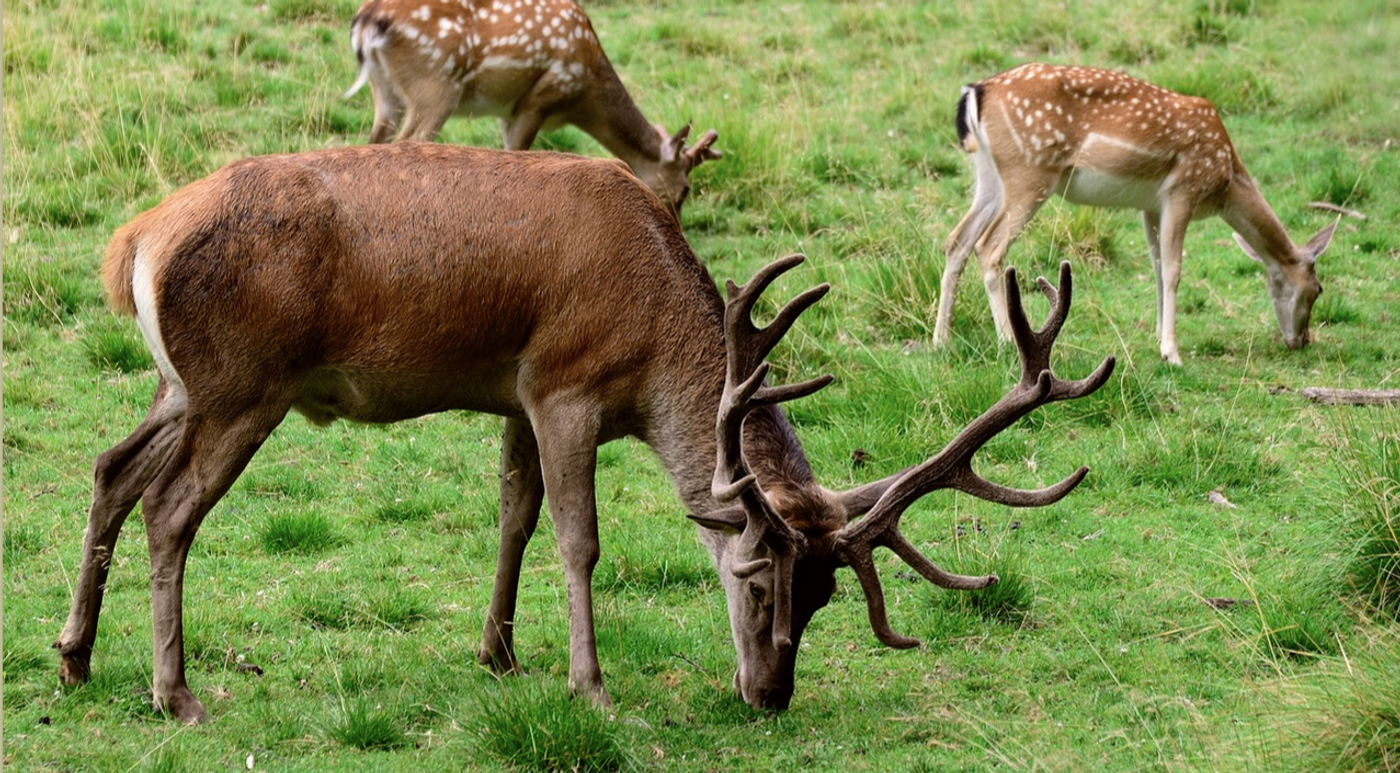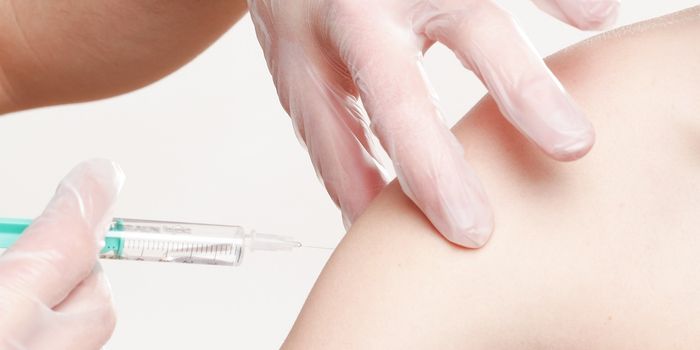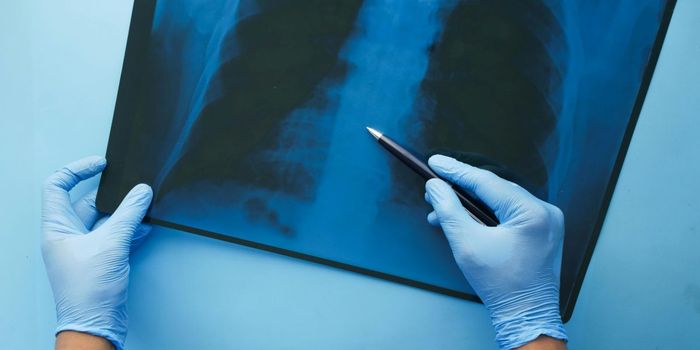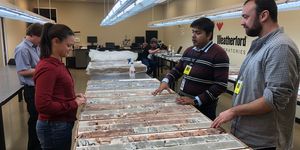Deer Antler Stem Cells Can Drive Bone Regeneration
Scientists analyzing the regeneration of organs in mammals have found that a type of cell in deer antlers could be a reservoir of cellular renewal in higher vertebrates. Researchers found that when these cells were transplanted, they would begin to form appendages that had similarities to antlers. The findings have been reported in Science in two publications. This work may have applications in bone repair or limb regeneration.
Humans only have a limited ability to regenerate tissues. The liver is one example; if part of it is removed, the remaining part of the organ will start growing until it gets back to its usual size. Some other organs, such as the kidneys, pancreas, and lungs can also to this to a much more limited extent.
There are animals that can regrow entire limbs, however, such as lizards or fish that regrow tails or fins; the axolotl can renew almost its entire body; mice can regrow the tips of their foretoes; and every year, deer regrow their antlers. Newly grown deer antlers also carry new nerves and blood vessels that surround a boney structure.
In this work, the researchers identified a blastema-like structure during antler regeneration that resembles one seen in amphibian limb regeneration. This process might be adaptable to vertebrate tissue regeneration. There are regenerative progenitor cells in mouse foretoes that regenerate, which are similar to the ones identified in the blastema-like structure in deer antlers. Nonregenerative mouse toes do not carry this structure, and they are also different from what is seen in regenerating fish and axolotls.
Single-cell sequencing was used to assess the gene activity and cell types that are working during antler regeneration. Various regeneration stages were characterized using male sika deer. An analysis of 74,730 cells was performed. This revealed some parallels between cell types that are related to limb regeneration in lizards and axolotl, and the regeneration of foretoes in mice.
There could be conserved mechanisms for the two regenerative processes that are known to occur in mammalian appendage organs, suggested the researchers.
Using a mouse model, the scientists also examined the function of the antler progenitor cells. When the cells were transplanted and grown in the heads of laboratory mice, boney cartilage formations resembling antlers began to appear on the skull caps of mice. These formations did not originate from local tissues, and came exclusively from the transplanted stem cells. This suggested that the cell types required for regeneration were fully contained in the transplant.
There may be other applications for these antler stem cells too, although much more work will ben needed before we can start using them to regrow human limbs.
Sources: Tao Qin et al Science 2023, Datao Wang et al Science 2023









